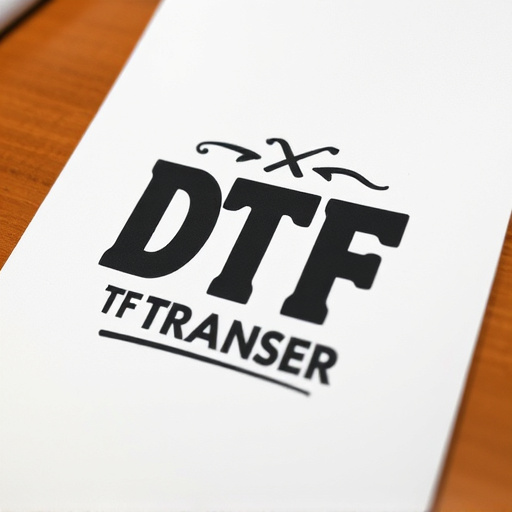Optimizing cargo carrying capacity is crucial for logistics, aiming to maximize vehicle load weights or volumes. Engine enhancements, particularly air intake torque improvements, significantly boost towing capabilities by increasing power and thrust, allowing vehicles to transport heavier loads safely. These advancements, along with innovative vehicle design features and tire technology, contribute to improved overall performance, reliability, and versatility, catering to modern supply chain demands while prioritizing sustainability and cost-effectiveness in towing applications.
In today’s logistics-driven world, maximizing cargo carrying capacity is paramount for efficient transportation. This article delves into two key areas enhancing this capacity: air intake torque improvements and towing enhancements. We’ll explore the fundamentals of cargo carrying capacity, its influencing factors, and cutting-edge technologies boosting power and efficiency. From turbocharging to tire choices, these strategies optimize payload capabilities, ensuring safer and more effective cargo transport.
- Understanding Cargo Carrying Capacity: The Basics
- – Definition and significance in logistics and transportation
- – Factors influencing carrying capacity (weight, size, type of vehicle)
Understanding Cargo Carrying Capacity: The Basics

Cargo carrying capacity is a fundamental concept in logistics and transportation, referring to the maximum weight or volume a vehicle can safely accommodate. Understanding this basic principle is crucial for optimizing shipping processes and ensuring efficient operations. In the context of vehicles designed for cargo transport, such as trucks, trailers, or ships, increasing carrying capacity involves several factors. One key aspect is improving air intake and torque, which directly affects the power and performance of the engine, enabling it to haul heavier loads.
Engine modifications that enhance air intake allow for better combustion, resulting in more powerful thrust. Increased torque from upgraded engines translates to improved towing capabilities, as it provides the necessary force to move heavier cargo without compromising stability or safety. These advancements are particularly relevant for industries relying on freight transportation, where optimizing cargo carrying capacity can lead to reduced operational costs and increased efficiency, meeting the growing demands of modern supply chains.
– Definition and significance in logistics and transportation

In the realm of logistics and transportation, cargo carrying capacity increase refers to enhancing the amount of goods a vehicle or machine can carry, optimizing efficiency and reducing operational costs. This concept is pivotal in ensuring that supply chains keep pace with growing demand. By augmenting carrying capacity, businesses can streamline their operations, reduce trips, and minimize logistical bottlenecks, leading to improved customer satisfaction and enhanced competitiveness in the market.
Air intake torque improvements play a significant role in achieving this increase. Enhancing air intake allows for better fuel combustion, boosting engine power and efficiency. This, in turn, facilitates towing of heavier loads over longer distances with reduced fuel consumption. Such advancements are particularly pertinent in today’s world where sustainability and cost-effectiveness are paramount in transportation. Moreover, these improvements contribute to the overall performance and reliability of vehicles, making them more versatile and suitable for diverse cargo handling scenarios.
– Factors influencing carrying capacity (weight, size, type of vehicle)

Increasing cargo carrying capacity involves a careful consideration of several factors, including weight, size, and vehicle type. For instance, advancements in air intake systems can significantly enhance torque, enabling vehicles to pull heavier loads or carry larger items. This is particularly beneficial for trucks and SUVs designed for towing, where every additional kilogram matters.
Vehicle design plays a crucial role as well. Modern engineering focuses on maximizing interior space while maintaining maneuverability. This might involve innovative folding seats, flexible cargo areas, or even modular designs that adapt to different load sizes. Additionally, improvements in tire technology can enhance traction and stability, allowing for safer towing and carrying of heavier cargos.
In conclusion, enhancing cargo carrying capacity through strategic optimizations, including advancements in air intake and torque, offers significant benefits for logistics and transportation industries. By considering the interplay of weight, size, and vehicle type, as outlined in this article, businesses can maximize efficiency and profitability. These improvements not only facilitate more robust towing capabilities but also contribute to a more sustainable and streamlined supply chain, ultimately revolutionizing how goods are transported across various sectors.














